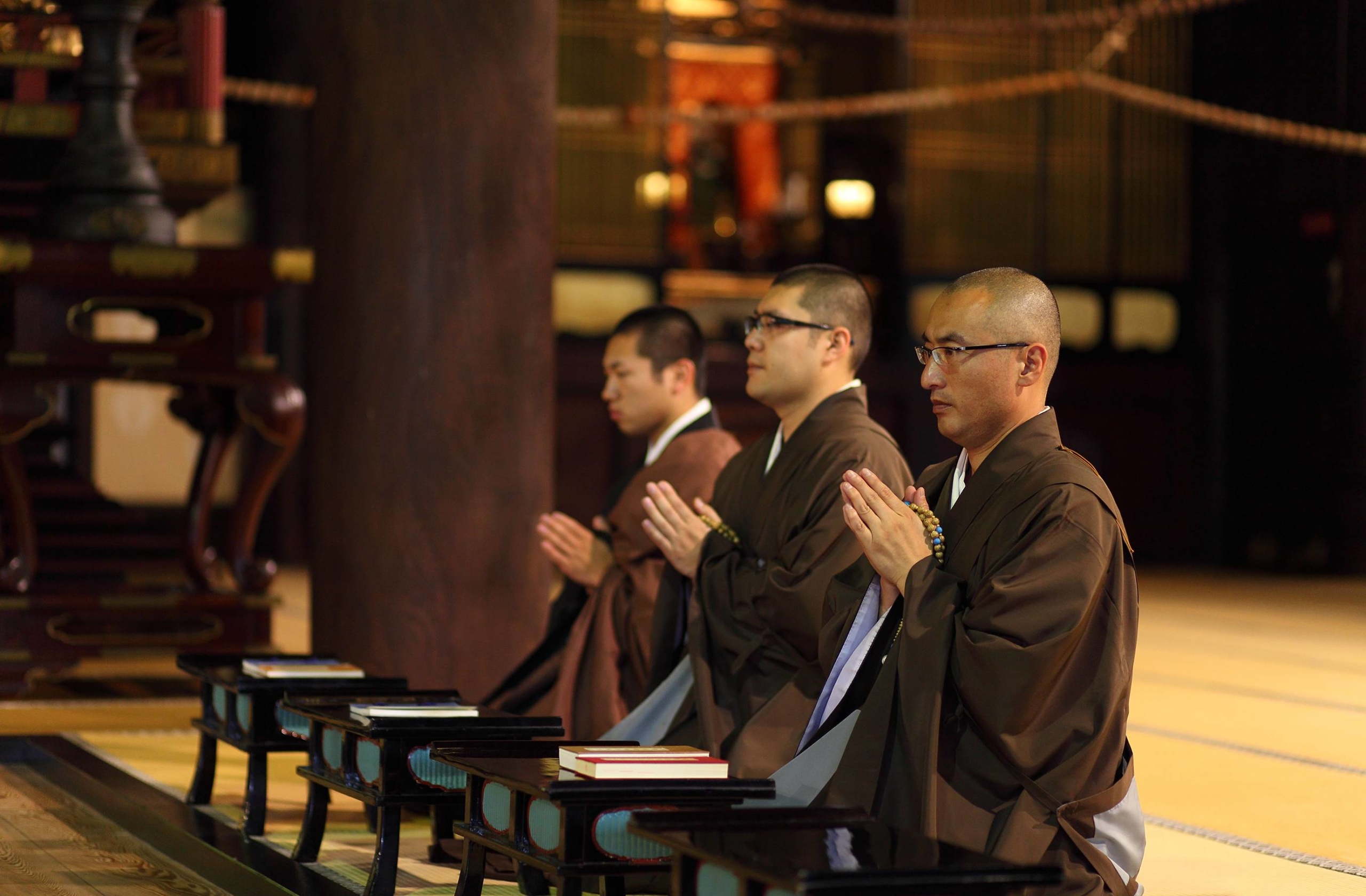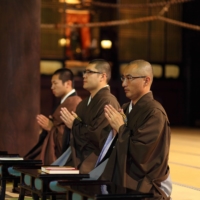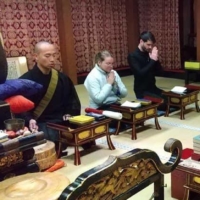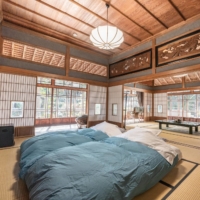Born in the bygone days of the Heian Period (794 to 1185), a time in Japanese history known for developments in arts and culture, shukubo (temple lodging) is a relic of the past that lives on today.
A ninth century rebellion in China caused political instability, resulting in a halting of Chinese imports and a suspension of Japanese missions to the Tang court. This combined with the relative tranquility of the era to promote growth of independent culture inside Japan. With the flowering of Japanese culture came many notable achievements. These included Murasaki Shikibu’s “The Tale of Genji,” one of the first novels ever written, the lyrics of the modern Japanese national anthem “Kimigayo,” the collection of observations and musings that is Sei Shonagon’s “The Pillow Book,” and the founding of the Shingon sect of Buddhism by the monk Kukai, known also as Kobo Daishi. This led to a revival of interest in Buddhism among Heian nobility.
Temple pilgrimage
With this interest came pilgrimages. Entourages of nobles took to the roads to visit and pay religious homage at temples in the mountains, on oceanside cliffs and in other picturesque locales. The concept of pilgrimages took root in this bygone era, from an activity enjoyed by the ruling class into something the merchant and samurai classes, and even commoners, also took part in by the time of the Edo Period (1603 to 1868). Not merely a sightseeing trip, temple pilgrimages held a strong spiritual component as pilgrims sought a deeper experience. Shukubo originated with pilgrims staying at the temples for multiple days and participating in Buddhist activities.
Not that it is easy to find, and it certainly won’t stand out like a glitzy shopping district in one of the country’s many teeming metropolises. Many temples that offer shukubo experiences are still as they always were, tucked away in secluded corners, centers of quiet contemplation for devotees searching for enlightenment. Mount Minobu, in Yamanashi Prefecture, is one of the many foothills surrounding the iconic Mount Fuji and along with Mount Hiei and Mount Koya is one of Japan’s three holiest Buddhist mountains. It is home to the Nichiren sect’s Kuonji temple complex, where pilgrims have been coming for over seven centuries, perhaps called by the same sense of spirituality that still permeates the mountain today. Where they once came on boats along the Fuji River, the journey these days takes under three hours from Tokyo.
Founded by priest and philosopher Nichiren, Kuonji is the heart of the eponymous Buddhist sect and boasts the largest number of shukubo in the region. The sprawling temple complex is the final resting place of the monk, where it is said he spent nine years reciting the Lotus Sutra in his quest to attain nirvana.
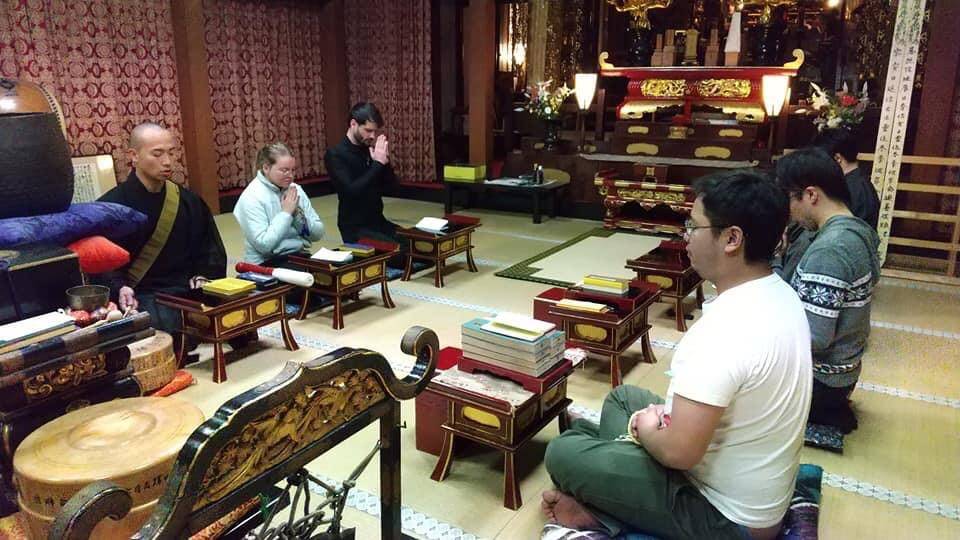
Join the daily ceremony
The day starts before dawn. Morning is met with Buddhist prayer and chanting, starting at 5:30 a.m. from April to September and 6 a.m. between October and March. Shukubo guests staying at Kakurinbo, a satellite temple in the Kuonji complex, are encouraged to join the daily ceremony, held in either the Founder’s Memorial Hall (a building relocated from Tokyo in 1881) or the Main Hall, rebuilt in 1985 and capable of accommodating 2,500 attendees.
There are also public prayer services at midday and 3 p.m., however, the atmosphere and spreading light that welcomes the day in the morning session is recommended by the temple. Other spiritual Buddhist activities that guests at Kakurinbo are offered include hand-copying sutras (a practice known as shakyo), eating vegetarian shojin ryori meals, walking to the main temple via the 287 “steps of enlightenment” and trying on authentic wedding kimono.
The early years of the Showa Era (1926 to 1989), now almost a century past, were a time of great change not only in Japan, but also worldwide. Years that have almost been lost to living memory and given to history have left relics of their own, and the chance to encounter somewhere steeped in this era should not be overlooked easily.
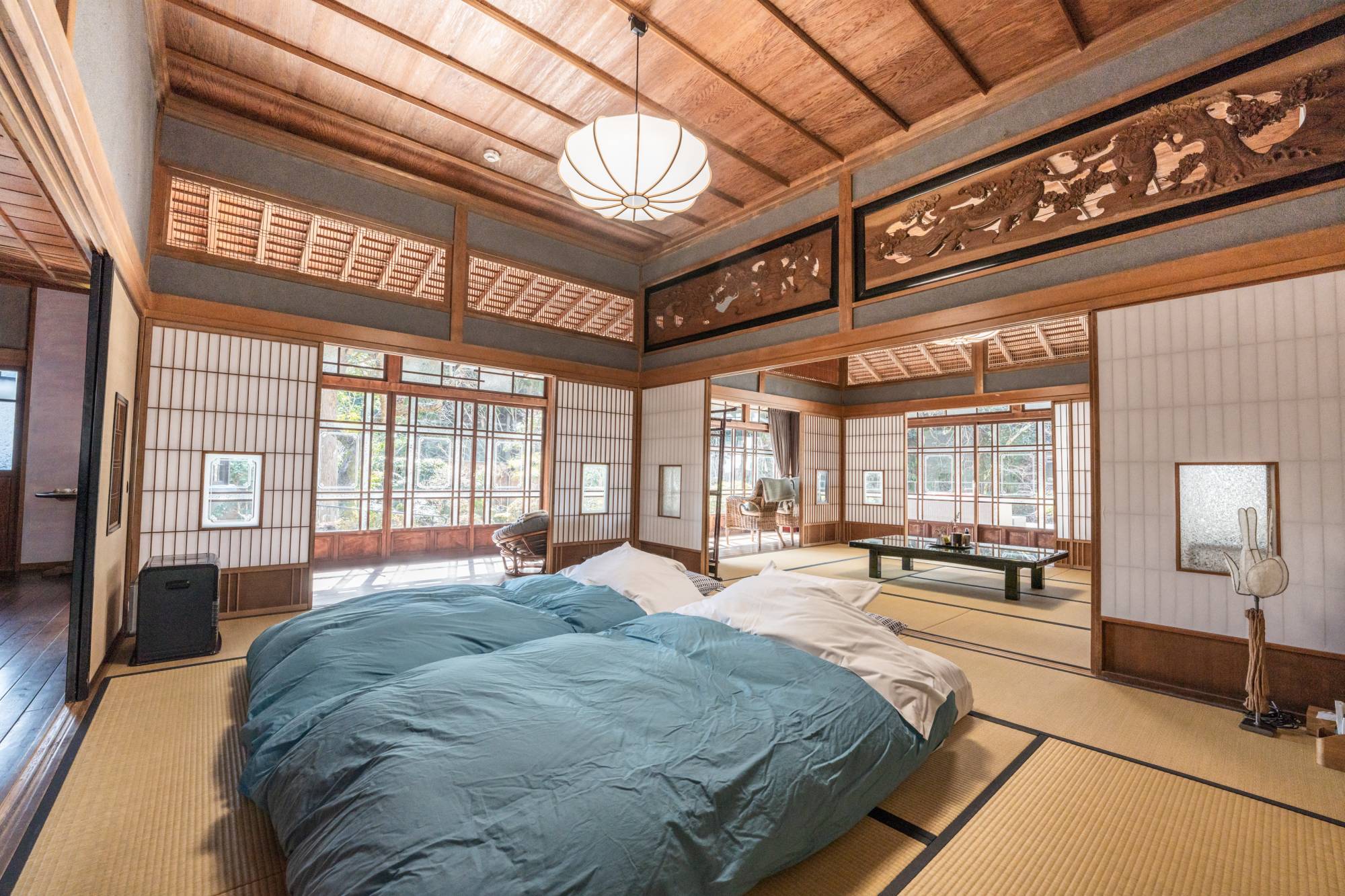
One such place is Guest Villa Ebisuya. First built by a wealthy merchant in the 1930s as a country estate, the building was acquired by Kakurinbo and restored to its former glory, having fallen into disrepair. Many of the original fixtures, decor and furnishings remain while others are superb examples of Yamanashi craftsmanship that were added during the restoration. Every effort was made to preserve the original structure while adding modern conveniences, making Guest Villa Ebisuya a shukubo experience that marries the elegance and spirit of the past with a modern luxury.
Guests can access the only onsen hot spring on Mount Minobu, as well as all the other experiences available in the temple complex. Visitors can savor an ancient era in a relaxed setting surrounded by greenery, and enrich their soul in the temple’s grounds on a holiday like no other.
For more information, visit https://www.kuonji.jp/english/entop.htm and https://kakurinbo.jp/english



